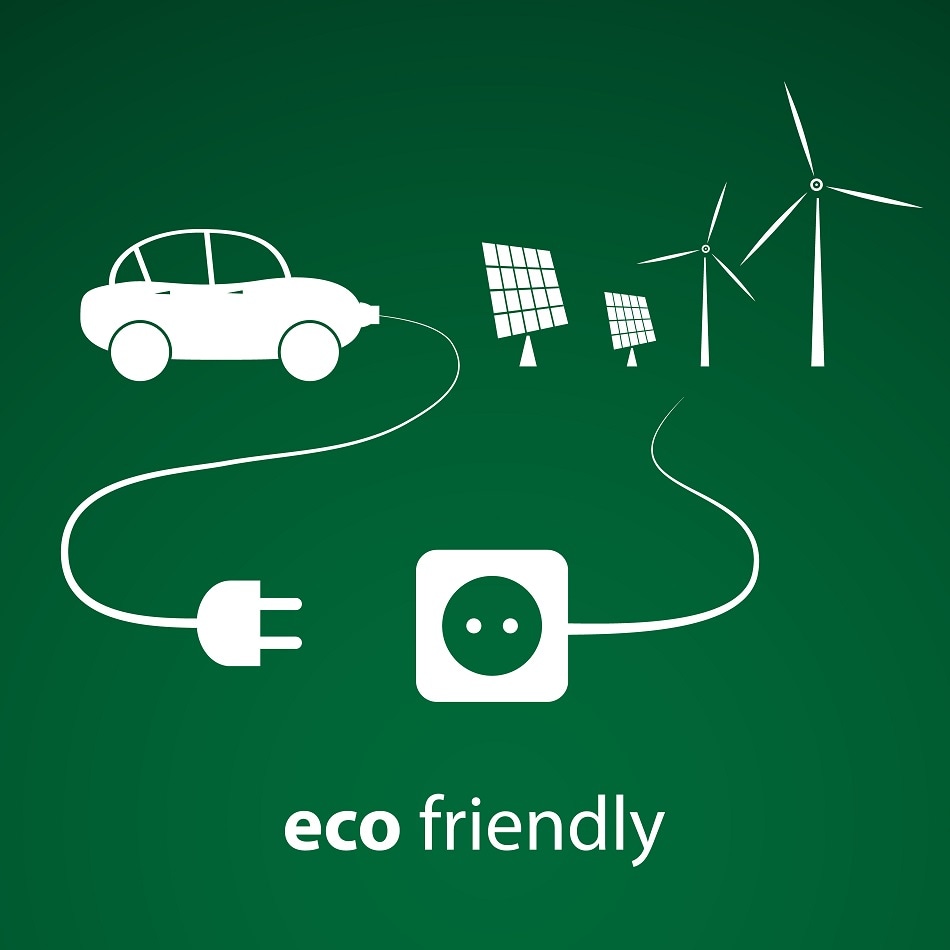Nov 23 2017
Power that is stored in electric cars could be returned to the grid, thereby supporting the grid and acting as a potential storage for clean energy.
 Jozsef Bagota/ Shutterstock.com
Jozsef Bagota/ Shutterstock.com
However, this will be economically feasible only if the system is upgraded first. In a new paper published in Energy Policy, two scientists present how their apparently opposing findings literally point to the same outcome and recommendations: that pumping energy back into the grid using existing technology can damage car batteries, but with improvements in the system it has the possibility to provide precious clean energy and, at the same time, improve battery life in the process.
Electric cars store surplus energy when they are inactive. Vehicle-to-grid (V2G) technology can transfer that energy back to the grid when the car is idle. This energy could help increase the power output of the system, manage the frequency of the electricity supply, and lower the amount of electricity purchased at peak times.
Two latest studies, one by Dr. Matthieu Dubarry at the Hawaii Natural Energy Institute and the other by Dr. Kotub Uddin at the University of Warwick in the UK, appear contradictory. While one suggests that V2G degrades car batteries, the other suggests that it improves battery life. However, the two scientists collaborated together to look at how their studies overlap, showing that they literally come to the same conclusion.
Although both our papers seem contradictory, they are actually complimentary. V2G is not going to be easy, but, if done properly, it has a chance to make a difference for both utilities and electric vehicle owners. We need more research to understand the process better and benefit from the technology.
Dr. Matthieu Dubarry, The Hawaii Natural Energy Institute
To be economically feasible, the two authors agreed that V2G has to be optimized between the requirements of the car owner, the utilities and the capability of the grid. In other words, the requirements of the different people and systems involved need to be balanced. The question then became 'Can this technology be profitable?'
The previous studies had various approaches to answering this question, Dr. Uddin found that a smarter grid would make the process economically feasible, and even improve the battery, while Dr. Dubarry showed that using today's V2G technology can be destructive to the car battery. In the new paper, they critiqued each other's work and found common conclusions. With improvements to the system, V2G could literally improve electric car battery life and be profitable for everyone involved.
Measuring the impact of the technology on the battery is challenging. After two years of analyzing lithium-ion batteries, Dr. Uddin and his team designed an accurate battery degradation model that can predict the capacity and power fade in a battery over time under different conditions, such as state of charge, temperature and depth of discharge. That means the model can predict the impact of V2G on battery health. Using this model, they developed a smart grid algorithm that shows how much charge a battery requires for daily use and how much can be taken away to optimize battery life.
Dr. Uddin says funding is required to develop new testing standards and control strategies to guide policies that support V2G. He says that one key element to improving the system will be the measurement of battery degradation.
The metrics used to define battery degradation may also impact the optimization process. A critical component is who is responsible for estimating battery degradation? Utilities are currently taking the lead in the EU, but it might be more economical for the battery manufacturers or car manufacturers to do it. In this case, standards need to be written which define what we mean by 'state of health' when it comes to batteries, and the metrics that are used to determine it.
Dr. Kotub Uddin, The University of Warwick